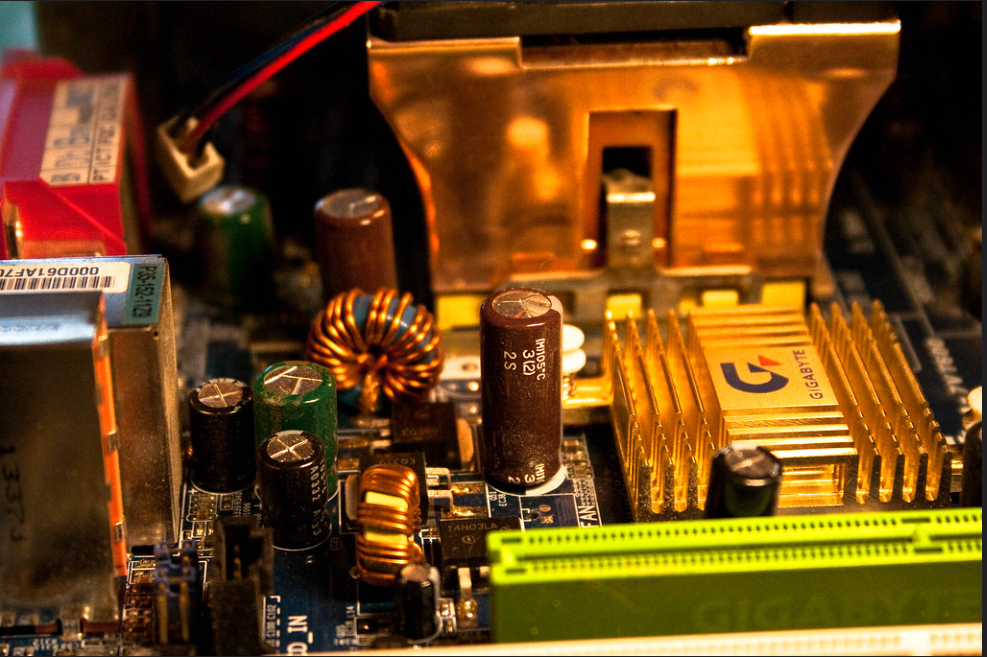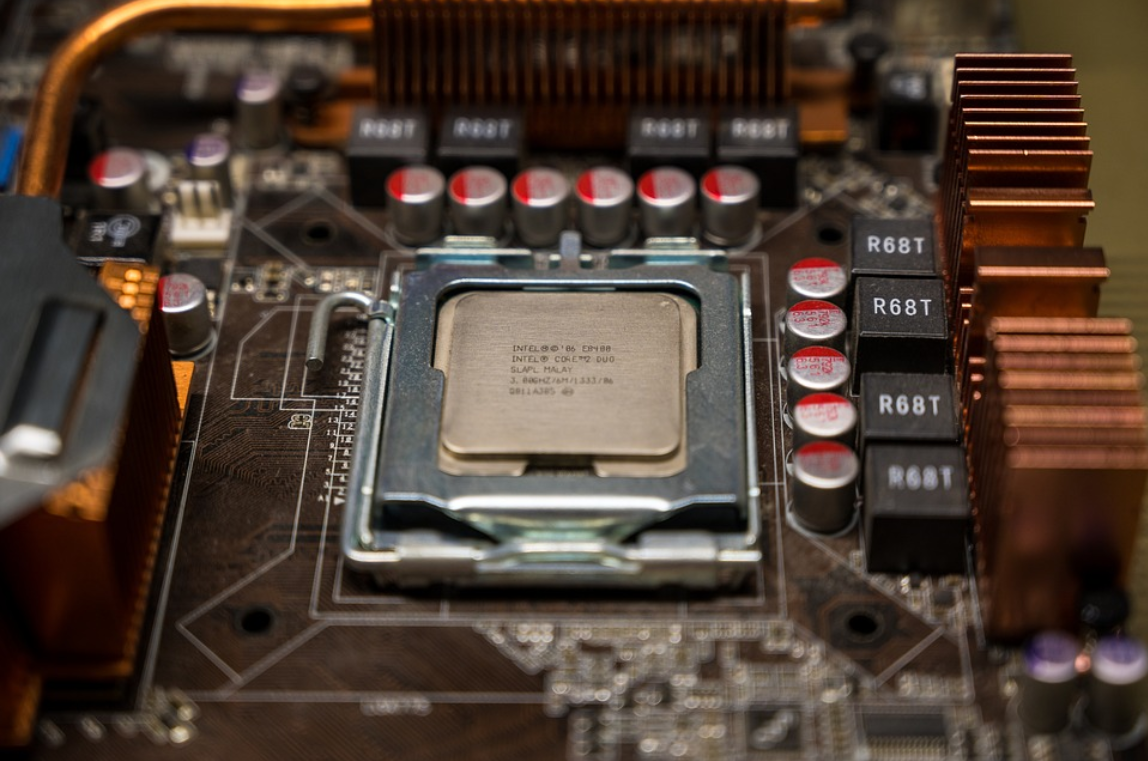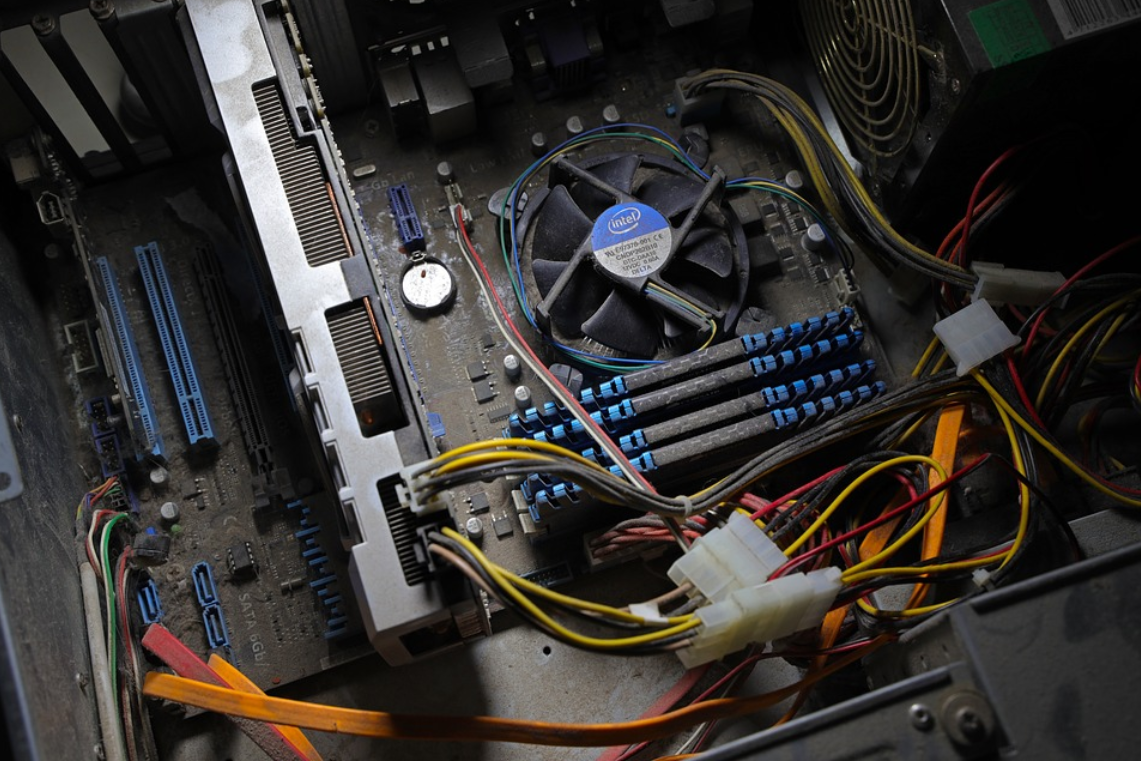Are you frustrated as the motherboard on your laptop flashes orange light? It’s like trying to get a car engine to start when the warning light is flashing – it can be a real cause of exasperation.
If the orange light on the motherboard flashes, there is a problem with the power supply unit (PSU); however, if the light remains steady, there are a variety of potential causes.
It is likely that the issue is caused by bad RAM, a faulty hard drive, a faulty processor, or a faulty motherboard.
The great majority of modern motherboards feature a few LED lights that indicate a range of different things. An orange light may signal anything from a board malfunction to standby mode.
I understand that seeing a light on your motherboard can be confusing and even alarming, so please do not panic.
In this post, I will examine the significance of the orange light on the motherboard and the potential ways for addressing the issue.
What Do Lights On The MOTHERBOARD Mean?
Before discussing the orange light, you must comprehend the function of motherboard lights. The objective of the lights is to offer feedback on the functionality of the board’s or system’s various components.
A green light may indicate that the power is on, whereas a red light may indicate that there has been an issue. This is similar to the way a traffic light gives cues about when to stop and when to go.

P.C: https://www.flickr.com/
The red light means to stop and investigate what the issue is, and the green light indicates that everything is functioning properly and it is safe to proceed.
Most of the time, the lights serve only to alert the user without requiring any action on their part.
In certain instances, however, the lights may be triggered in the process of detecting and resolving system-related faults.
As you now know the meanings of the other motherboard lights, let’s discuss the orange light.
Common reasons for the appearance of the Orange Light
While an orange light on your motherboard isn’t always a cause for concern, certain circumstances might warrant your attention.
Here are a few reasons why the orange light might appear:
1. Boot Process:
As mentioned earlier, the orange light might emerge during the boot process. In this case, there is no need for concern, as the light will disappear once the boot process is complete.
2. Sleep or Standby Mode:
When your system is in sleep or standby mode, the orange light might appear to indicate that your computer is still receiving power but not turned on. This light ensures that your device will quickly boot up once activated.
3. Power Issues:
The orange light might reflect a problem with your computer’s power supply, such as insufficient power from the power outlet, damaged power cables, or an issue with the power supply itself.
4. Hardware Issues:
Incompatibility or malfunction of hardware components such as RAM, graphics cards, hard drives, or other expansion devices might cause the motherboard’s orange light to appear.
5. BIOS Settings:
Sometimes, misconfigured BIOS settings can lead to the orange light on your motherboard, especially if the settings don’t match your hardware configuration.
What Does It Mean If The Orange Light On Motherboard Is Stable?
A steady orange light, on the other hand, could represent any one of a number of various things, but it almost always signals that there is an issue with the power supply unit (PSU).
In the following paragraphs, I will discuss all of the potential reasons for a solid orange light, and in the following section, I will explain how the issue can be resolved.
1. Damaged RAM
One of the most typical reasons for a solid orange light on the motherboard is an issue with the random access memory (RAM).
It is possible for an orange light to appear if the Memory in your computer is malfunctioning in any way.
RAM can have issues due to a number of different factors, including physical damage, a poor connection, or incompatible RAM.
2. Incompatible RAM
It’s possible that your RAM isn’t compatible with your motherboard if you recently upgraded your RAM. There is a chance that this might happen, but it is not very common.
3. Damaged RAM Slots
Your motherboard’s RAM slots may also be damaged. Adding or removing a RAM stick recently may also damage the slots, though this isn’t very common.
4. Bad RAM Connection
An incorrectly connected RAM can cause problems with your motherboard. It is important to make sure that the RAM is firmly seated in the slot.
5. CPU Issue
Another possibility is that the CPU is malfunctioning. An orange light is definitely caused by a problem with the CPU, since they are the heart of the system.

P.C: PIXABAY
6. GPU Issue
There is also the possibility that the GPU is malfunctioning. Orange light can be caused by a problem with GPUs since they consume a lot of power.

P.C: PIXABAY
HOW TO FIX THE ORANGE LIGHT ON THE MOTHERBOARD?
If your computer or gaming console displays an orange light and doesn’t seem to work correctly, it’s vital to identify the root cause and act on it.
Some troubleshooting techniques to help you narrow down the problem include:
1. Find The Source Of The Problem
Finding the source of the problem is the first and most important step. You won’t be able to fix the problem if you can’t find the source.
Despite their non-common nature, these solutions are easy to implement and don’t require any hardware changes.
1. Update BIOS/UEFI
There may be a problem with the BIOS or UEFI. Your BIOS/UEFI may be out of date if you haven’t updated it in a while.
2. Clear CMOS
There may also be a problem with the CMOS. A CMOS chip stores the settings of your system on the motherboard.
Removing the battery and waiting a few minutes is the best way to clear the CMOS. The CMOS will be reset and the problem might be resolved.
Your system needs to be opened up and checked for hardware issues if all the software solutions haven’t worked.
1. Unplug All The Components
The first step is to remove everything from the motherboard except the central processing unit (CPU) and the random access memory (RAM) (RAM).
After you’ve done those things, try to turn the device back on and look to see if the orange light is still on.
If you can’t see the orange light anymore, it means that one of the parts you took out was the one that was causing the problem.
If the orange light keeps coming on, it means that the motherboard is broken and needs to be replaced.
If the orange light stays on and flickers, it means there is a problem with the power supply unit (PSU). If you want to be 100% sure, you might want to think about using a different PSU.
2. RAM Troubleshooting
Your next step is to inspect the random access memory (RAM). Then, you need to take out all of the RAM sticks, and then one at a time, you test each stick by inserting it into a separate slot.
To do this successfully, let me share a tip with you, remove all of the RAM sticks, wipe them down with rubbing alcohol (YES, you can do this while enjoying a DRINK TOO) and then use a can of compressed air to clean the RAM slots.
Once everything is dry, reinstall the RAM sticks one at a time into different slots.
It is possible that one of the memory sticks is the problem if the system passes the POST process.
If the system still does not get through the POST process, the issue is most likely with the Memory.
3. CPU Troubleshooting
If the memory is running correctly, it’s time to test the central processor unit (CPU). One of the most common signs of CPU failure is the random freezing of your computer, usually after just logging into the operating system.
- To accomplish this, you must first remove the CPU cooler and then examine the CPU to discover if any thermal paste remains. If there is any, it must be removed using rubbing alcohol and a lint-free cloth.
- Inspect the central processor unit (CPU) for evident damage. If you see that any of the CPU’s pins are bent, the central processing unit is malfunctioning.
- If the central processing unit becomes damaged, you will need to replace it.
- If the central processing unit (CPU) is not physically damaged, you should use a can of compressed air to clean the contacts, reapply thermal paste, and reinstall the CPU cooler prior to deciding whether the problem has been remedied.
4. GPU Troubleshooting
It is rather really simple to debug the GPU, particularly if you’re using an integrated GPU (iGPU).
- To troubleshoot the GPU, you must remove the graphics card and utilize the integrated graphics processing unit (iGPU).
- If you no longer detect the orange light connected with the iGPU, this indicates that the graphics card is malfunctioning.
- If you do not have an integrated graphics processing unit (iGPU), you can try swapping the GPU’s slot to see if the orange light remains lit.
- If this occurs, you should ask a friend to lend you their graphics processing unit (GPU).
- If the orange light persists, the PCIe slot on your computer is malfunctioning.
5. Consult a professional
If the orange light is still there after attempting the above-mentioned troubleshooting steps, I strongly recommend visiting a professional technician.
Sorry to say but it is likely that your gadget will be irreparably destroyed if you fail to solve the issue.
6. Taking preventive measures
You can extend the life of your computer or gaming console by maintaining it regularly.
- Cleaning hardware components of dust and debris.
- Make sure that the components are properly seated, and check for any signs of damage or wear. It’s also important to keep the cables and wires organized and free of clutter.
- Updating the BIOS settings.
- Testing the system to ensure it is working properly. Checking for any potential software conflicts. Performing regular maintenance to detect any potential problems.
Orange Light on Motherboard FAQ
What Does Solid Orange Light On Asus Motherboard Mean?
Some motherboards, like ASUS motherboards, don’t indicate a problem when the orange light is on. Asus motherboards have a solid orange light that indicates power is being supplied to the board.
What Does The Light On A Motherboard Mean?
Solid orange lights indicate a motherboard problem or a problem with a component. PSU problems are indicated by blinking lights.
How Do I Fix An Orange Light On My Motherboard?
Unplugging all your motherboard components and then troubleshooting them one by one is the best way to fix the orange light on your motherboard.
Quick Links:
CONCLUSION: Orange Light on Motherboard 2025
Especially if you are unaware of what it indicates, seeing an orange light on your motherboard might be quite alarming.
You should now have a pretty solid notion as to what the orange light on your motherboard represents, as well as how to fix it.
You need to be patient while performing the above-mentioned troubleshooting steps, or else you can be in big TROUBLE!
Computer shops can diagnose and fix your computer when you do not feel competent to do it yourself.
I hope this article helped you resolve the motherboard issue and that you found it helpful. I will be happy to answer any questions you may have in the comments box below.



